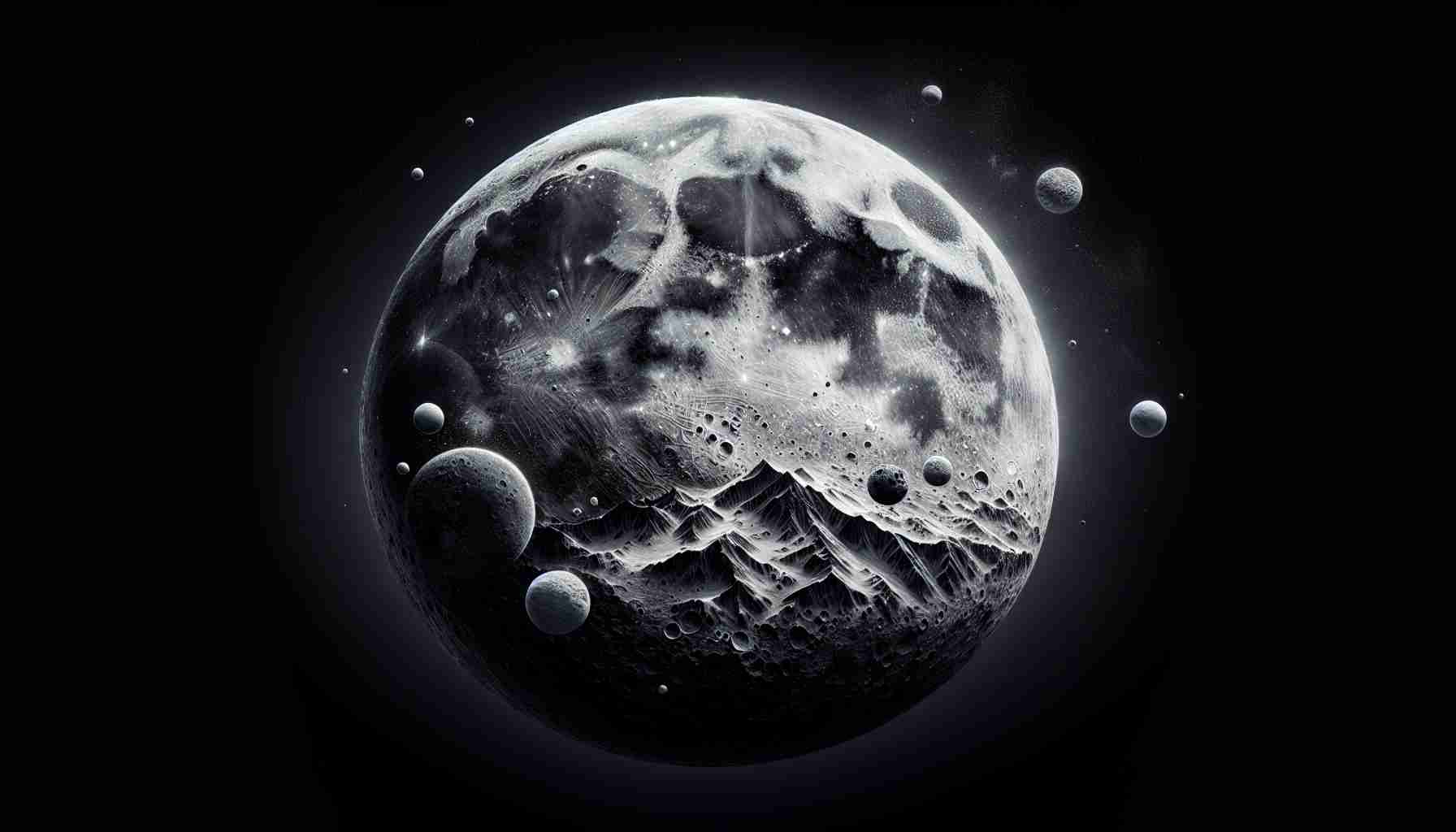Exploring the Mysteries of the Moon
Two new research studies unveil intriguing revelations about the lunar surface, sourced from recently acquired soil samples from the moon’s far side. This exploration mission has paved the way for deeper insights into the age-old enigma of the moon’s contrasting sides.
Instead of voyaging to distant planets or exploring cosmic phenomena, investigators now delve into the hidden truths concealed within the moon’s complex geography. These breakthroughs stand as a testament to humanity’s ongoing curiosity about Earth’s satellite.
Through meticulous analysis of the lunar soil, scientists hope to decipher the secrets held by the moon’s far side, shedding light on its evolutionary history and potential volcanic activities. These endeavors mark a remarkable step forward in lunar exploration and the quest to unravel the mysteries of our celestial neighbor.
Unraveling the Enigmatic Moon: New Discoveries and Key Questions
As researchers continue to delve into the mysteries of the moon, fresh insights emerge that offer a deeper understanding of this celestial body. Recent studies have highlighted intriguing facts that point to a complex and dynamic lunar surface, raising important questions about its formation and evolution.
One key question that scientists are grappling with is the origin of the stark contrast between the near and far sides of the moon. While the near side is characterized by large, dark basaltic plains known as maria, the far side is marked by rugged highlands and fewer maria. Understanding the geological processes that led to this stark dichotomy remains a pressing challenge in lunar science.
Another crucial aspect of lunar exploration revolves around the presence of water ice on the moon. Recent discoveries have revealed the existence of water molecules in the permanently shadowed regions of the lunar poles. Unraveling the source of this water and its implications for future human missions to the moon are topics of ongoing research and debate.
Advantages of studying the moon’s mysteries include the potential insights it offers into the history of the solar system. The moon serves as a valuable record of past cosmic events, providing clues about the early formation of Earth and other planets. By deciphering the secrets of the moon, scientists can piece together a more comprehensive narrative of our cosmic origins.
However, exploring the mysteries of the moon also poses challenges and controversies. One contentious issue is the feasibility of establishing a sustainable human presence on the moon. While some advocate for lunar colonization as a stepping stone for future space exploration, others raise concerns about the ethical and environmental implications of such endeavors.
In conclusion, the ongoing exploration of the moon’s mysteries holds immense potential for advancing our knowledge of the cosmos. By addressing key questions, confronting challenges, and navigating controversies with scientific rigor and ethical consideration, researchers can unlock the secrets of the moon and pave the way for future discoveries in space exploration.
For additional insights on lunar exploration and the latest developments in space science, visit NASA’s official website.













